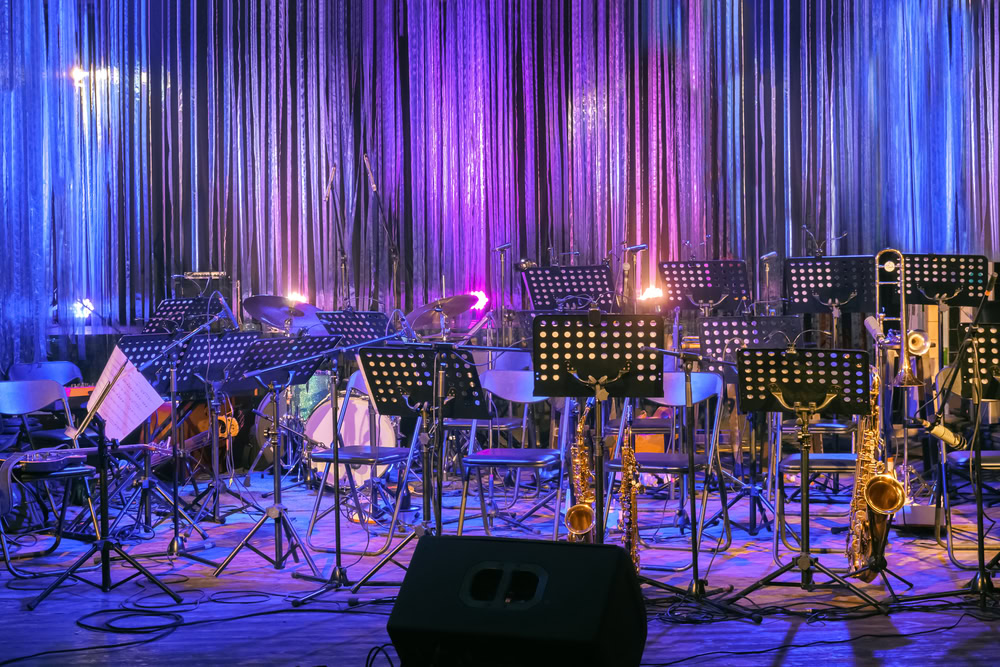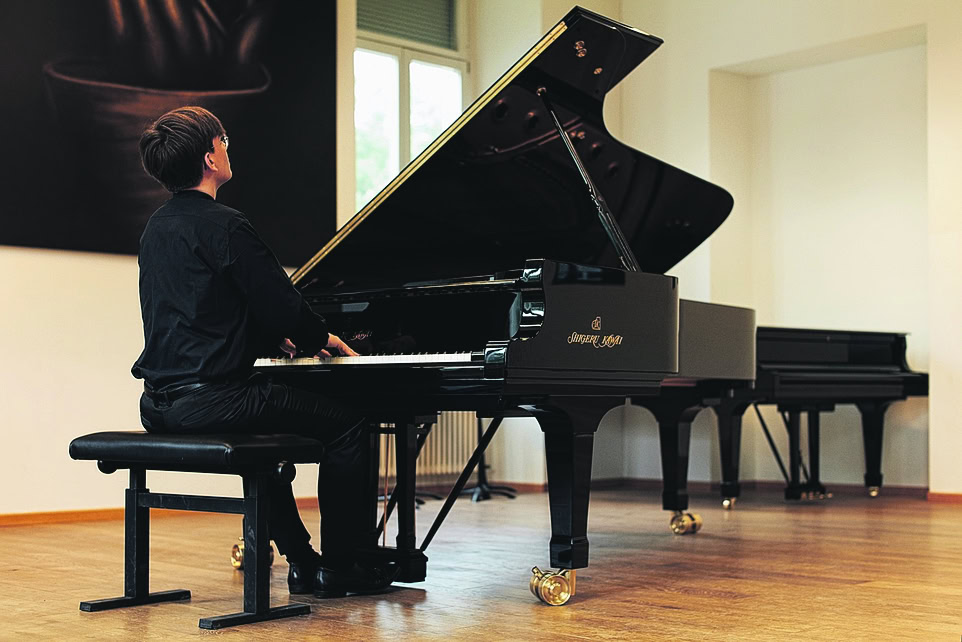Classification of musician's dystonia
A new classification of dystonic movement disorders in musicians.

By far the most common and also the most serious movement disorder in musicians is musician's dystonia. In its full form, it is characterized by the loss of fine motor control of complex movements on the instrument. Pain is not a primary symptom of dystonia. However, it can occur as a result of excessive muscle tension. The most common symptoms of advanced hand dystonia are involuntary curling or stretching of individual fingers and/or abnormal wrist postures. Occasionally, short-lasting muscle contractions (myoclonic dystonia) or involuntary trembling (dystonic tremor) can also dominate the symptoms.
Those affected often report a strong feeling of tension in the forearm while playing music. This is due to the simultaneous activation (cocontraction) of antagonistic flexor and extensor muscles. Patients only report a feeling of weakness in less than 5 percent of cases. It is difficult to diagnose hand dystonia in the early stages of the disease, and it remains particularly difficult to differentiate it from overuse injuries. In this case, patients often only report subtle difficulties with fast, regular movements on the instrument. There is obviously a "gray area" between this and disorders that should rather be described as "over-exercising" or "muscular fatigue". It is important to distinguish such very common movement problems from incipient dystonia, as the former responds very well to retraining, and anti-inflammatory and muscle relaxant drugs are also effective. Overall, the chances of recovery seem much better with this form of movement difficulties, which is why we do not refer to it as "incipient focal dystonia", but prefer the diagnosis "dynamic stereotype". This term comes from sports science and stands for incorrectly practiced movement habits which, in contrast to focal dystonia, can be corrected more easily and enable a correct movement sequence by consciously directing attention.
A particularly interesting area is embouchure dystonia in wind players. In the early stages, it often manifests itself in subtle inadequacies of intonation, predominantly in a particular register or playing style or in a clearly defined dynamic range. In advanced stages, the problem usually extends to the entire range of the instrument and to all dynamic ranges; control over embouchure, articulation and breathing is then no longer guaranteed in any playing style. However, the diagnostic spectrum for embouchure dystonia is also much broader. In a new study by Dr. Steinmetz and ourselves, 1817 questionnaires on embouchure difficulties were distributed to all brass players in German orchestras. The response rate was 32 percent. Of the 585 brass players, 60 percent reported embouchure problems at the time of the study, with around 30 percent reporting tongue stoppers and difficulties in the high register and 26 percent cramping of the embouchure muscles. Surprisingly for us, 10 percent reported that they had already had such difficulties with their embouchure during their orchestral work that they were unable to work. It was also interesting to note that 40 percent of those who had embouchure problems had already successfully overcome an embouchure crisis in the past. It would certainly be medically unjustified and psychologically very clumsy to classify this high percentage of wind players as "affected by dystonia", especially as, fortunately, many of them successfully overcome these crises. We are therefore in the process of drawing up new classification guidelines. The trigger factors (overload or not), the severity and manifestation of the symptoms, the presence of "islands of well-being", the family history (are there relatives with neurological movement disorders) and the presence of psychological symptoms (anxiety problems or not) all play a role. The prognosis for recovery through retraining is good for musicians who develop movement problems after overuse, who have mild symptoms, who are able to make music repeatedly without major complaints, who have no relatives with dystonia and who tend to suffer from stage fright.








